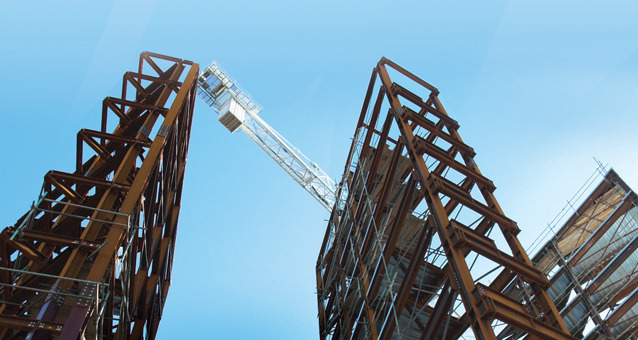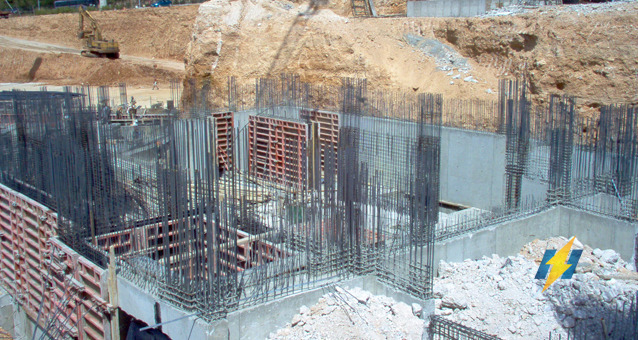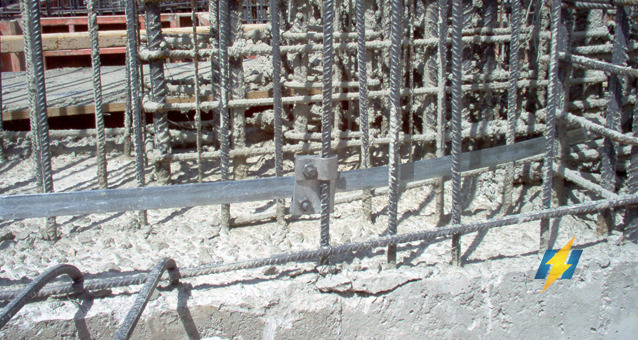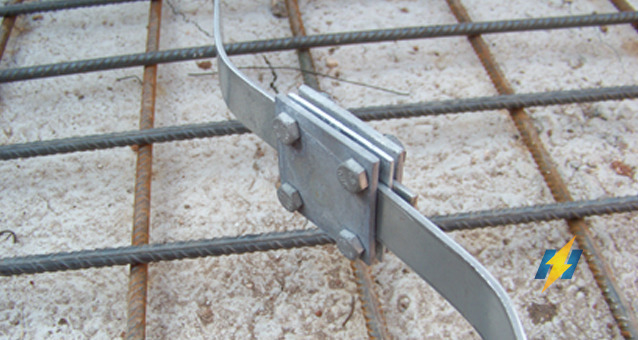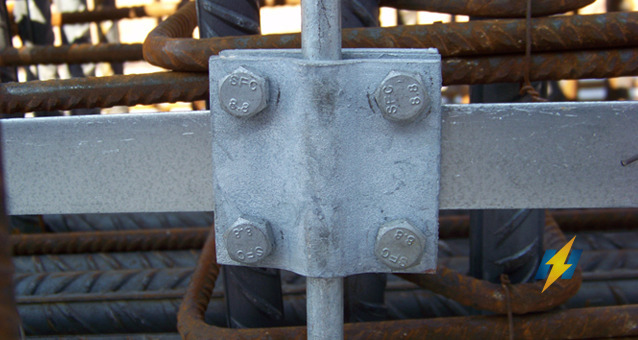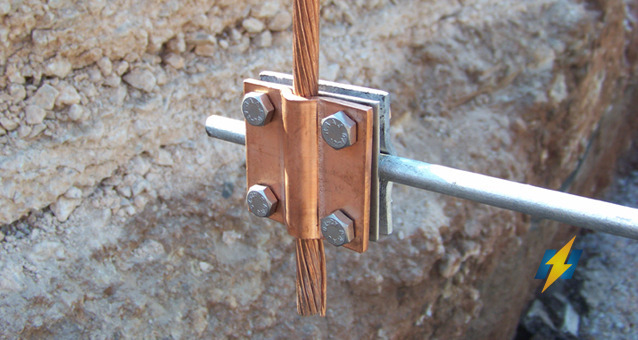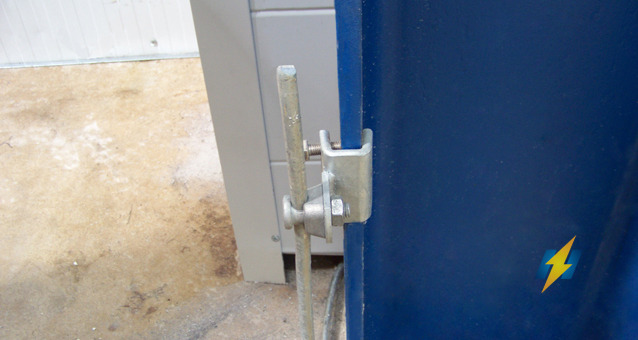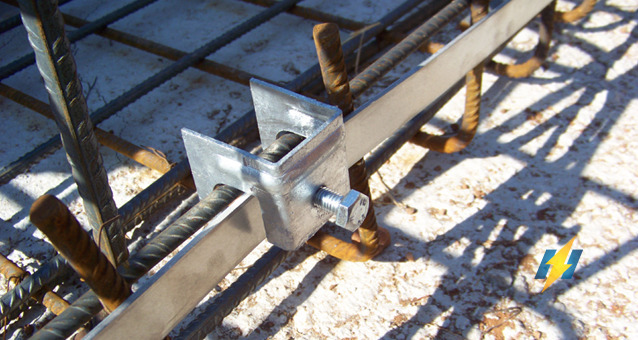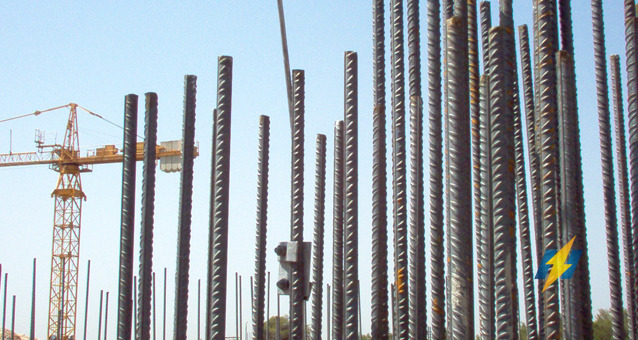General Information
Foundational grounding is mandatory in all new built construction. Foundational grounding is used as a basic functional grounding.
The purpose of grounding construction is to protect people from electrical shock on contact.
Hot dip galvanized steel strip (St/tZn) size 30x3,5 mm with zinc coating 500gr/m2 within the building’s foundation (foundational grounding) is installed, to achieve:
• Low ground resistance value.
• Durability to corrosion.
• Ease to create main and supplementary equipotential bonding grounding.
• Low cost compared to other conventional grounding systems.
• Future use of foundational grounding as lightning protection grounding
It requires special study in case incorporating lightning protection grounding in the foundational grounding.
The resistance value of the foundational grounding should be less than 1.0 ΟΗΜ.
Equipotential bonding in foundational grounding:
• PPC
• IT Systems
• Metal Elements
• WATER
• GAS
• Fuel tank with cathodic protection
• Lightning protection
The measurements should be done by a calibrated instrument from an accredited laboratory and a measurement certificate should be given by an electrical engineer.
To connect copper element with steel, it is used special bimetallic clamp with intermediate stainless steel plate or bimetallic strip CUPAL, width 40 mm - length 500 mm, (Cu / Al).
Earthing materials outside concrete and within soil should be made of copper (Cu) or stainless steel (INOX)
CAUTION!
1. The strip is mounted with its large surface vertical to the ground.
2. The earthing strip should be covered with concrete B 225 (300 pounds per cubic) at least 5 cm.
3. It is strictly forbidden to weld or fasten with wire the earthing strip to the rebar.



